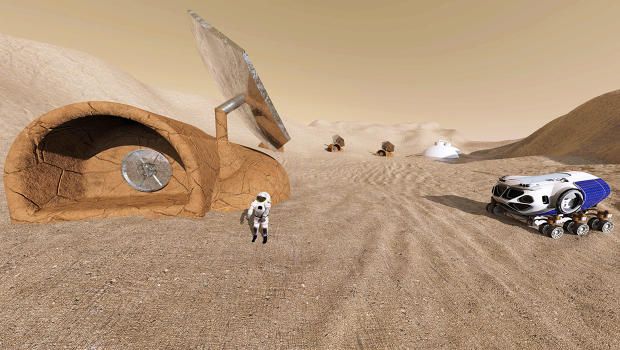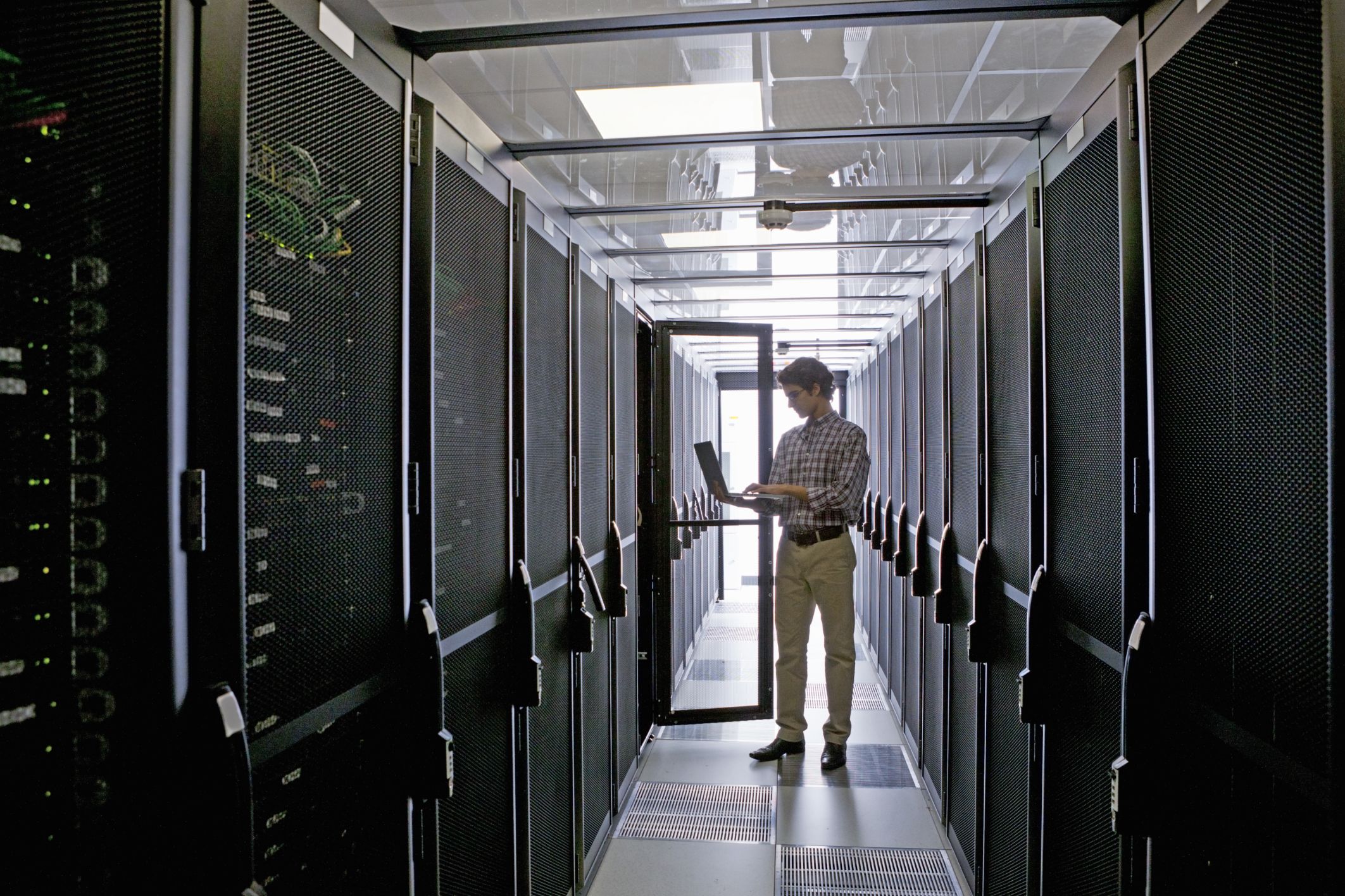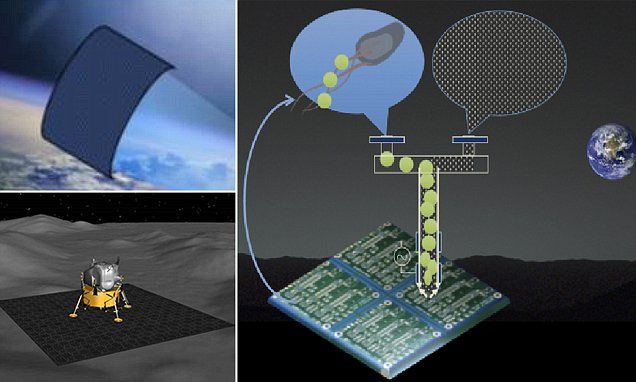Apr 12, 2016
Inertia as a zero-point-field Lorentz force
Posted by Andreas Matt in categories: materials, particle physics
Older, but interesting…
Under the hypothesis that ordinary matter is ultimately made of subelementary constitutive primary charged entities or ‘‘partons’’ bound in the manner of traditional elementary Planck oscillators (a time-honored classical technique), it is shown that a heretofore uninvestigated Lorentz force (specifically, the magnetic component of the Lorentz force) arises in any accelerated reference frame from the interaction of the partons with the vacuum electromagnetic zero-point field (ZPF). Partons, though asymptotically free at the highest frequencies, are endowed with a sufficiently large ‘‘bare mass’’ to allow interactions with the ZPF at very high frequencies up to the Planck frequencies. This Lorentz force, though originating at the subelementary parton level, appears to produce an opposition to the acceleration of material objects at a macroscopic level having the correct characteristics to account for the property of inertia. We thus propose the interpretation that inertia is an electromagnetic resistance arising from the known spectral distortion of the ZPF in accelerated frames. The proposed concept also suggests a physically rigorous version of Mach’s principle. Moreover, some preliminary independent corroboration is suggested for ideas proposed by Sakharov (Dokl. Akad. Nauk SSSR 177, 70 (1968) [Sov. Phys. Dokl. 12, 1040 (1968)]) and further explored by one of us [H. E. Puthoff, Phys. Rev. A 39, 2333 (1989)] concerning a ZPF-based model of Newtonian gravity, and for the equivalence of inertial and gravitational mass as dictated by the principle of equivalence.
















